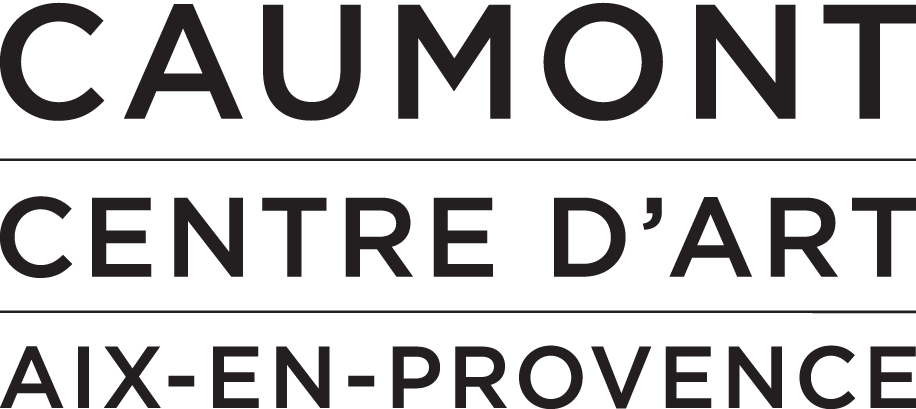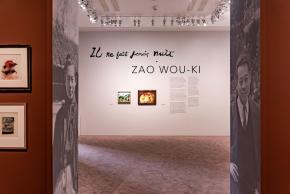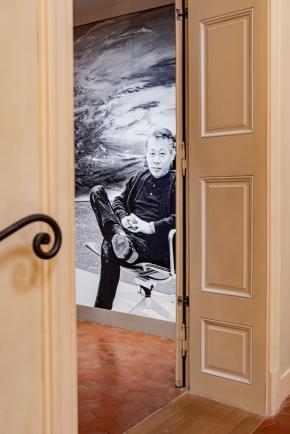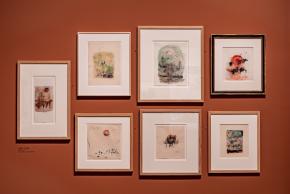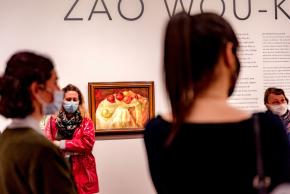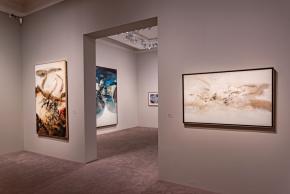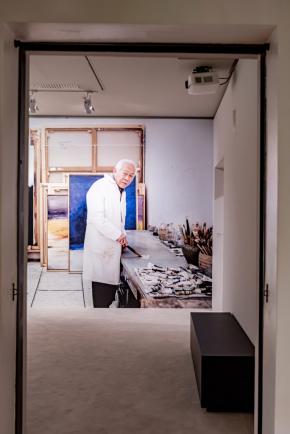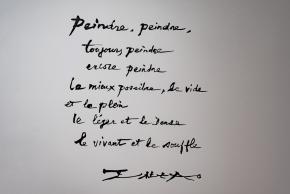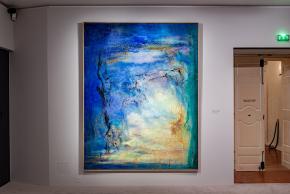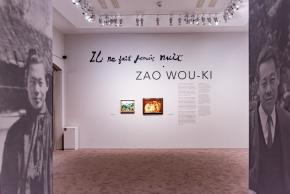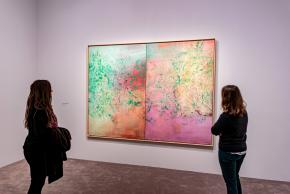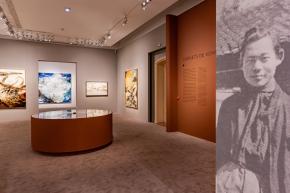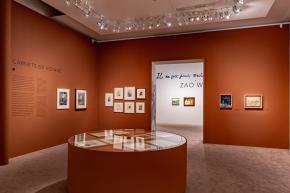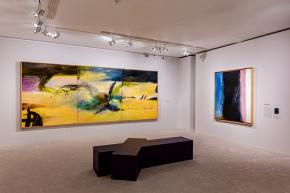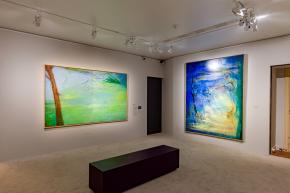Exceptionally, on Monday April 29, the day before the opening of the “Bonnard et le Japon” exhibition, the Hôtel de Caumont will close at 3.30pm.
The Café Caumont will be closed all day on April 29, 2024.
The Hôtel de Caumont Art Centre is presenting an exhibition of works by the French-Chinese artist Zao Wou-Ki (1920- 2013), organised in collaboration with the Zao Wou-Ki Foundation. The exhibition regroups 76 works dating from 1935 to 2009 (oils on canvas, watercolours, and works in China ink on paper) held in public and private collections.
The aim of this ensemble is to highlight one of the artist’s major creative themes: inventing new forms of spatial representation based on his experimentation with colour and the representation of light. Light and space are inextricably linked in his work and enable the viewer to understand his unremitting aim to ‘make visible’ that which is invisible and his soul-his ‘inner space’. In the period that followed his move to Paris in 1948, Zao Wou- Ki explored the theme of daylight and nocturnal light in a series of poetic works that simply featured representations of lunar and solar stars.
The shift towards abstraction in the mid 1950s, through the use of signs and symbols borrowed from Paul Klee, enriched his representation of light and darkness, expressed through an interplay of coloured masses, which clash or merge. The practice of using China ink, undertaken on a suggestion from Henri Michaux as of 1970, enabled him to develop this traditional Chinese art.
He began to explore the notion of spatial voids, through the use of white or the unworked area of the paper, and fullness, through the use of black ink.
His exploration of space extended into his paintings and enabled him to discover new forms of spatial representation. The works dating from the 1970s and 1980s reflect a darker side to the artist’s work that corresponded with periods of suffering and bereavement.
The alternation between light and the dark side drew its inspiration from a long history of Chinese painting that sought to achieve a balance between opposites. Inspired in the early part of his career and until the end of his life by the genius of Paul Cezanne (Hangzhou, landscape, 1946; Tribute to Cézanne, 2005), Zao Wou-Ki was also interested in capturing the unique light of the Midi.
After renting a studio in the Var between 1958 and 1972, where he met up with many friends, he accepted the offer made by José Luis Sert, who built a studio for him in Ibiza in 1973-a new source of inspiration.
As of 2004, Zao Wou-Ki spent several summers in the estate in the Luberon owned by the couturier Emanuel Ungaro, who was also very attached to his home city, Aix-en-Provence.
Zao Wou-Ki worked in the open air, which he had not done before, and painted a series of watercolours which will be exhibited for the first time at the Hôtel de Caumont. They evoke the luminosity and the bright and muted colours of the Luberon landscapes. These works reflect his enduring love of painting in the latter part of his life.
Commissariat
Erik Verhagen, historien de l’art et co-commissaire de l’exposition Zao Wou-Ki au Musée d’Art Moderne de la Ville de Paris en 2018-2019 et Yann Hendgen, directeur artistique de la Fondation Zao Wou-Ki.
